Advances in technology improve outcomes
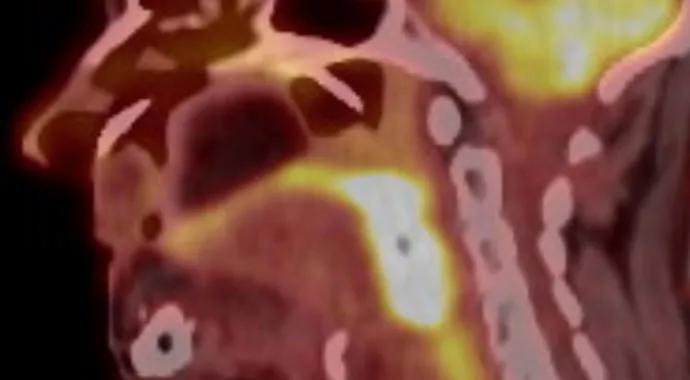
The treatment paradigm for head and neck cancer (HNC) is changing, especially in the realm of radiation therapy, in response to an improving understanding of the disease and its shifting incidence and features.
Cleveland Clinic is a non-profit academic medical center. Advertising on our site helps support our mission. We do not endorse non-Cleveland Clinic products or services. Policy
With the decreasing numbers of smokers, smoking-associated HNC is decreasing. Secondly, a virtually new type of the disease has emerged with the human papillomavirus (HPV) epidemic.
“In fact, the HPV-associated HNC is expected to surpass cervical cancer as the most common virus-associated cancer in the United States by 2020,” says Cleveland Clinic radiation oncologist Shlomo Koyfman, MD.
“Years ago, we thought of HNC as one disease, usually related to smoking and drinking. We now understand that there are at least two major different biologies,” he says. “Not only are the causes different, but so are the outcomes. Our overall cure rate at Cleveland Clinic for HPV-associated cancer is 90 percent. And often these are Stage 4 patients with very large tumors and lymph nodes, yet their long-term functional outcomes are phenomenal.”
However, treatment of recurrences, especially in the HPV-negative setting, is complicated and challenging. Cleveland Clinic oncologists have responded, in collaboration with surgeons, with newer types of hyper-focused radiation therapy that target the tumor and spare surrounding tissue, and in some cases with extremely high doses of radiation delivered over a shorter time period.
Factors influencing recurrence include:
• Type of disease — The recurrence for HPV-associated cancer is less than 10 percent and usually takes longer to develop. However, recurrence rates are more than 35 percent for advanced-stage HPV-negative HNC. These HPV-negative cancers are also more challenging to manage. “People who smoke or drink have a lifetime risk of 20 percent of getting a second cancer in the same area after they were cured of their first cancer,” says Dr. Koyfman.
• Where treatment occurs — Patients do better in larger, high-volume academic centers. “In fact, in some studies it was more important where you were treated than how you were treated,” Dr. Koyfman says.
Most other types of cancers metastasize elsewhere in the body than the original malignancy site, making them virtually incurable, and chemotherapy is usually the only choice for treatment.
“But HNC often comes back where it started, which means it’s technically curable,” says Dr. Koyfman.
However, its location adds to the challenges of re-treatment.
“Chemotherapy alone cannot cure the disease,” Dr. Koyfman says. “And because there are so many important structures and functions in the head and neck— swallowing, breathing, speaking — and because of the brain’s proximity, allowing the tumor to grow in this area will cause significant problems. That’s why intensified local treatment is often needed.
“Even if patients have several lung nodules, for example, and are incurable, their most pressing problem often is not the cancer in the rest of their body, but the cancer in their head and neck,” he says. “We have had to devise strategies to deal with it locally, usually surgically or with radiation. Many patients with recurrent head and neck cancer are treated with palliative chemotherapy for a while and then sent to hospice. Now there are safe and effective treatments for these patients that can significantly improve their quality of life and longevity.”
Historically, survival after repeat radiation treatment was not good, with only half of patients alive at one year and 20 percent alive at three years. Traditional repeat radiation involved a high-dose treatment with chemotherapy, and the rate of life-threatening side effects was as much as 15 to 20 percent.
“The body never forgets the first radiation, so we can’t treat it the way we normally would,” Dr. Koyfman says. “Recent advances in radiation technology are changing how we treat recurrent HNC.”
Intensity-modulated radiation therapy (IMRT) and image-guided radiation therapy (IGRT), which use different beams and beam angles, and complex planning software, allow Dr. Koyfman and his team to direct higher doses of radiation to the tumors and minimize doses to the surrounding tissues and structures.
“Working with dosimetrists and physicists, we can deliver the radiation more precisely — within a few millimeters of accuracy — so our long-term side- effect profile is much better than it used to be,” he says. “With IMRT and IGRT, we use 70-72 gray (Gy), which is a standard dose, with the same safety profile as for the 60 Gy used in traditional techniques for recurrent cases.”
Results of Cleveland Clinic research on this approach will be presented at the annual meeting of the American Society for Therapeutic Radiation and Oncology (ASTRO) in October 2015.
“We’ve also found that avoiding surgery and just getting the second radiation doesn’t work as well and the cancer comes back,” says Dr. Koyfman. So a collaborative approach working with surgeons and reconstructive specialists is also a key part of treatment at Cleveland Clinic.
For some patients who are not amenable to surgery, Cleveland Clinic physicians have had success using a more intensive, but short-term approach to radiation treatment.
“We’re doing a completely new kind of radiation called stereotactic body radiation therapy (SBRT),” says Dr. Koyfman. “Instead of the very intense traditional course five days a week for six or seven weeks, sometimes twice a day, SBRT uses high doses of radiation in only five treatments every other day. So people get through it in a week and a half with very modest short-term side effects.
“Instead of the slow radiation that tries to do DNA damage to the tumor and have it die off over time, these high doses are ablating the tumor, and that’s why the tumor will often respond — even if the traditional low-dose radiation didn’t work before,” he says. “We’ve treated more than 30 people and the results are exciting. We are now helping to design a national study that will incorporate SBRT combined with immunotherapy in HNC in the retreat setting.”

Correlation found between the biomarker HSD3B1 and resistance to combined hormone therapy and radiotherapy

Meta-analysis suggests efficacy and safety

Highlighting top abstracts for the annual radiation oncology conference

Transperineal ultrasound a viable, non-invasive option for monitoring intra-fractional prostate motion
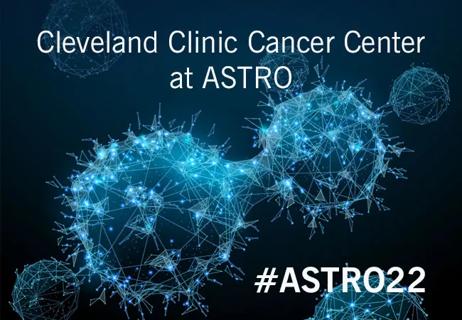
Key abstracts highlight advances in treating locally advanced and refractory disease
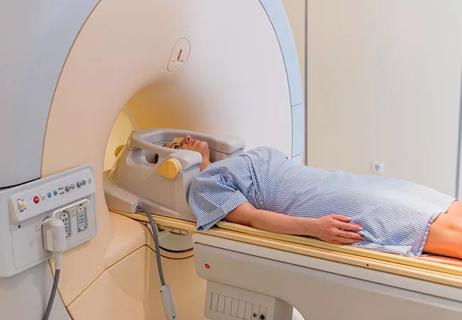
Multidisciplinary team to examine radiation therapy combined with immunotherapy
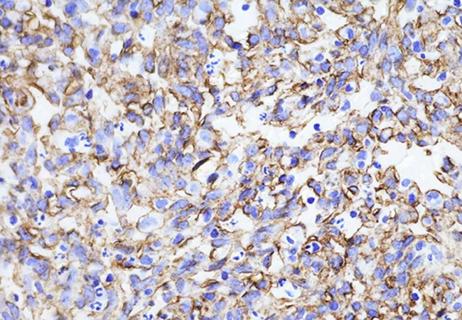
Preoperative treatment ensures successful surgical resection
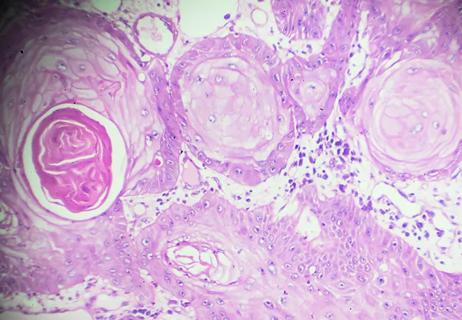
Modification of traditional staging factors associated with survival in high-risk disease